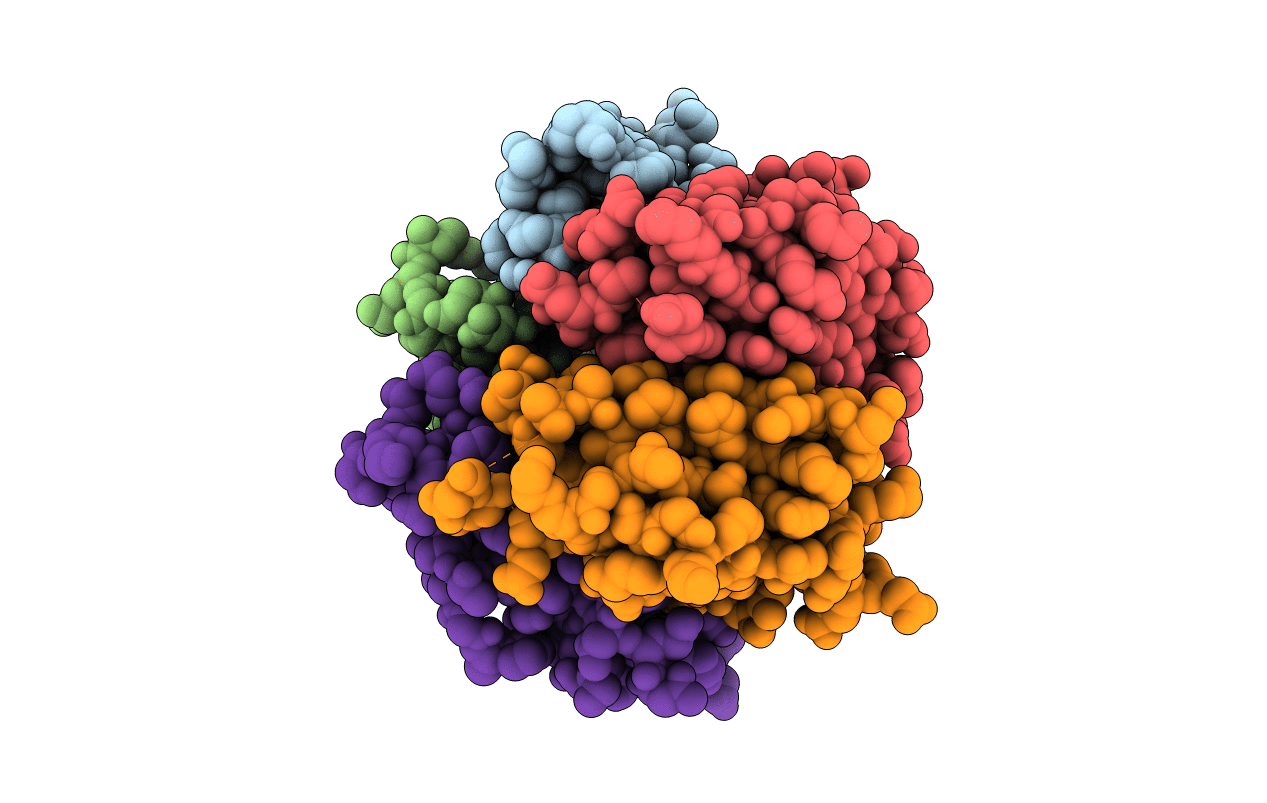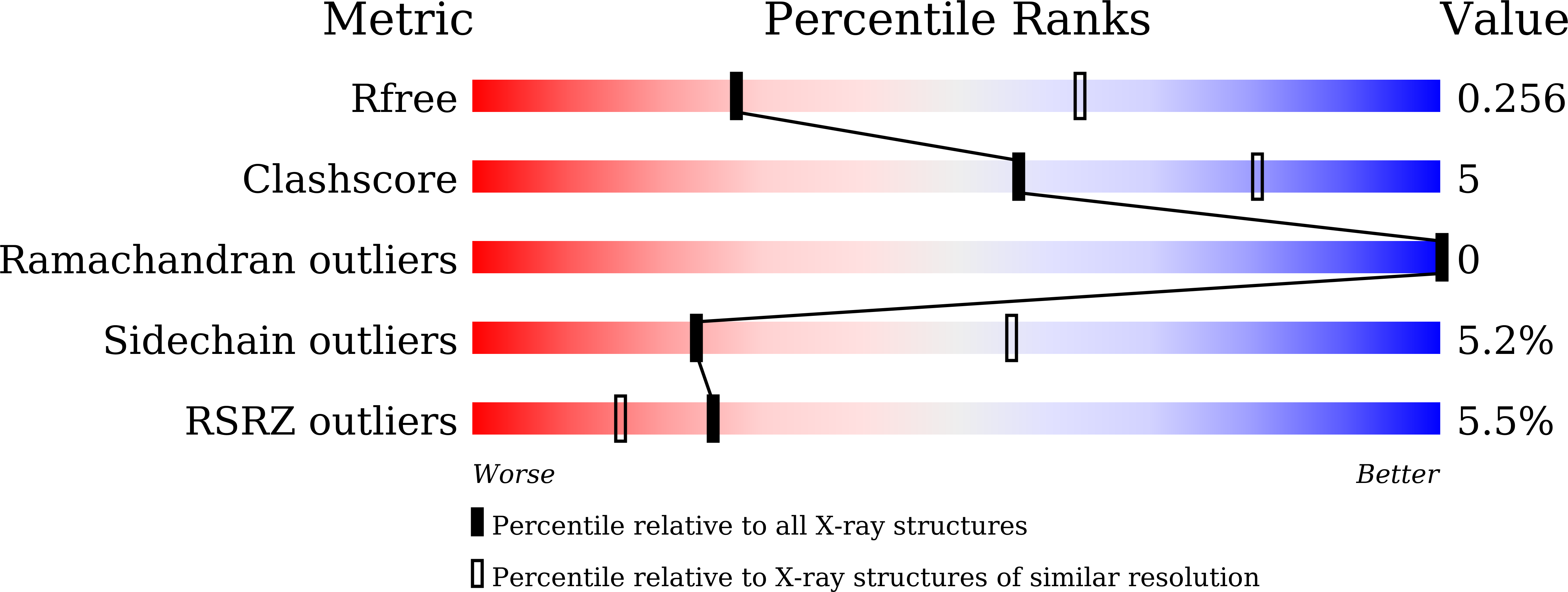
Deposition Date
2021-10-23
Release Date
2022-09-21
Last Version Date
2023-11-29
Entry Detail
Biological Source:
Source Organism:
Arabidopsis thaliana (Taxon ID: 3702)
Host Organism:
Method Details:
Experimental Method:
Resolution:
2.95 Å
R-Value Free:
0.24
R-Value Work:
0.22
Space Group:
P 43 21 2


